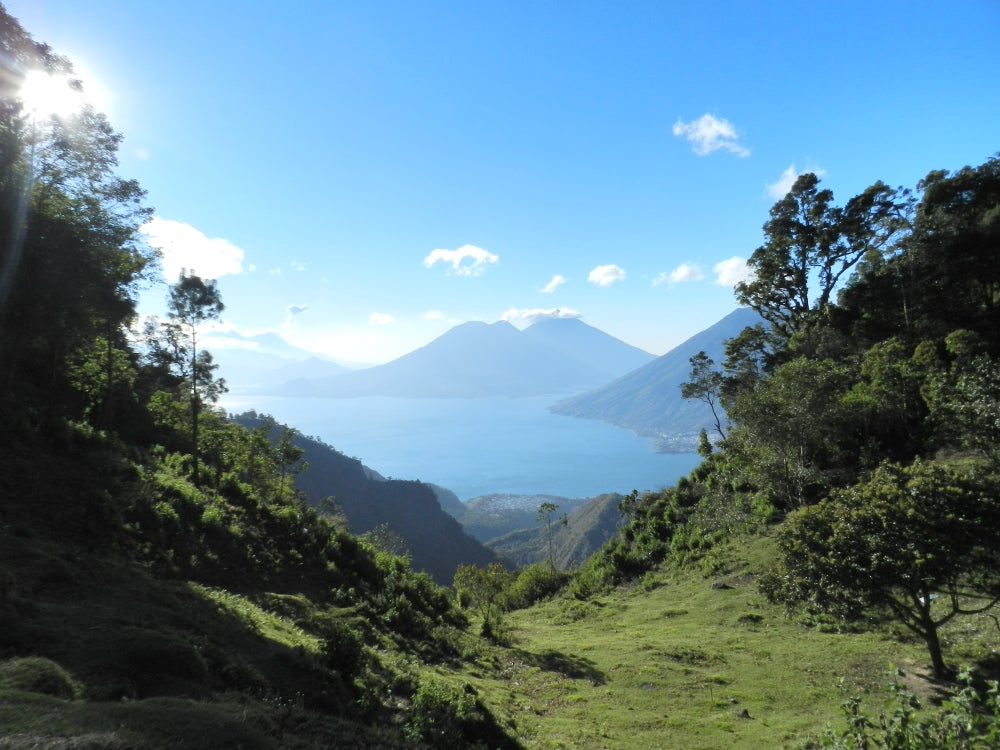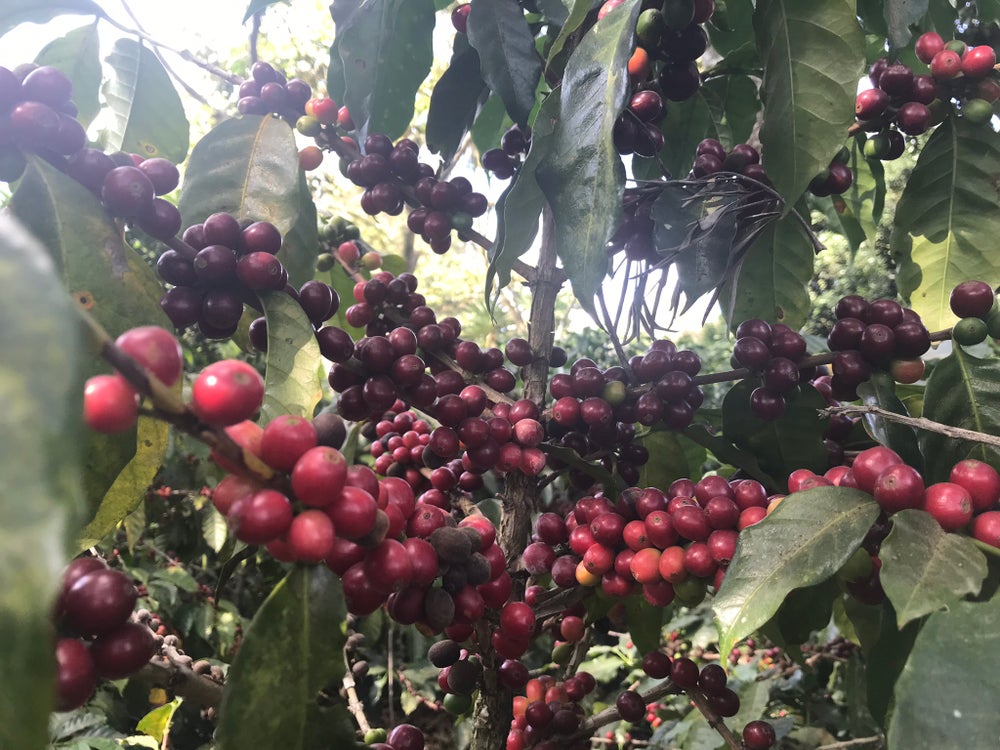Young consumers are driving decaf’s resurgence and, like their caffeine-drinking peers, they’re expecting high-quality coffees that are often traceable and certified. With more than 50% of the world’s population under 30, the demand for decaffeinated coffee – and the need for specialty decaf that tastes good and meets ethical or environmental standards – is rising.
Swiss Water offers an alternative to consumers concerned by methyl chloride (MC) and ethyl acetate (EA) processes. Because water processing does not use added chemical compounds, coffees can maintain organic certifications and customers can be assured of the absence of additional chemicals.
The difficulty of decaffeination is that many of the flavor compounds that give coffee its excellent taste are, like caffeine, water-soluble. Thus, any decaffeination method needs to effectively single out and remove the caffeine molecule while preserving as many of the flavor compounds as possible.
The process begins with a batch of green coffee beans that are soaked in water to remove the caffeine. In water, many of the flavor compounds are also removed as well, but don’t worry! This is intentional and will preserve help flavor in the future.
This first batch of beans are then discarded. This process only needs to happen once because the mixture produced by soaking those beans, called green coffee extract (GCE), can be maintained and reused to decaffeinate many batches of green beans.
The principle behind water processing is that water can only absorb a set amount of flavor compounds and caffeine before it is completely saturated. When water is fully saturated, it cannot accept (and remove) any more flavor compounds, even if they’re in the coffee. That first batch of beans created a fully saturated water mixture, the GCE. In order to process the beans for decaffeination, the GCE is run through a filter to remove only the caffeine.
Now the GCE is fully saturated except for caffeine. When a new batch of green beans are placed in the GCE, the only compound from the new beans that will be accepted into the GCE is caffeine, everything else will remain in the beans because the GCE is already saturated with those chemicals and unable to ‘take’ anymore.
SWP decaf composition varies from lot to lot, but SWP does provide traceability info. Please reach out to sparcom@sucafina.com if you need any help tracing your lot.
Strictly Hard Bean (SHB)
Strictly Hard Bean (SHB) specifies the altitude at which the coffee was grown. A coffee must be grown at 1,200 meters above sea level or higher to be considered SHB. The higher altitude and lower temperatures mean that the coffee fruit matures more slowly, creating a denser bean.
Coffee in Guatemala
Guatemala boasts a variety of growing regions and conditions that produce spectacular coffees. Today, the country is revered as a producer of some of the most flavorful and nuanced cups worldwide. We are proud to work with several exceptional in-country partners to bring these coffees to market.
The Guatemalan coffee industry experienced a major setback with the 2010 appearance of Coffee Leaf Rust (CLR) in Latin America. The epidemic peaked in severity in 2012, and though CLR continues to affect some farms, Guatemala continues to produce high-quality, record-breaking coffees. In 2017, new and varied processing methods pushed prices at the Guatemalan Cup of Excellence contest to record highs.
The quality of coffee being produced in Guatemala is increasing, overall, due to the diversity of the industry’s producers. There are more and more small holder farmers producing exceptional coffee at high altitudes. Cooperatives are becoming more appealing to so many smallholders because they often offer farmers financing and other support for improving their farming and processing and are frequently able to offer higher prices for cherry than middlemen. Many cooperatives have initiated quality improvement training for farmer members and are becoming more adept at helping members market their coffee as specialty.

